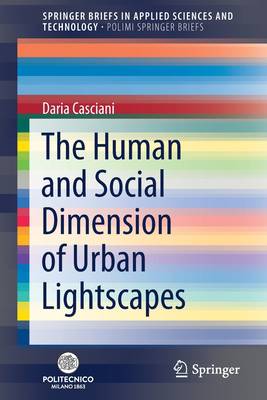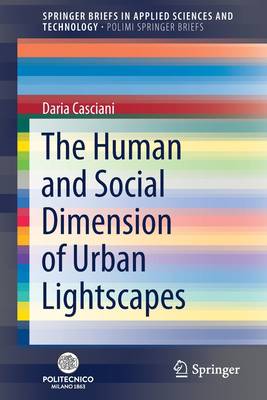
- Retrait gratuit dans votre magasin Club
- 7.000.000 titres dans notre catalogue
- Payer en toute sécurité
- Toujours un magasin près de chez vous
- Retrait gratuit dans votre magasin Club
- 7.000.0000 titres dans notre catalogue
- Payer en toute sécurité
- Toujours un magasin près de chez vous
Description
This book explores new criteria and characteristics for integrating human psychology in the design of modern urban lighting. It identifies a new area of lighting design research and practice that focuses on the nocturnal urban experience in terms of people's emotional, cognitive and motivational perceptions to achieve more accessible, sociable and sustainable cities. In turn, the book compares new tools and research methodologies for tackling complex issues concerning the ties between lighting, people and the city. Moreover, it presents a series of case studies to provide an in-depth understanding of the influence of urban lighting in terms of luminous atmosphere perception, positive social affect, social enhancement, accessibility and hospitability. Lastly, the book proposes a multidisciplinary qualitative and quantitative methodology for assessing the spatial experience of outdoor lighting.
Spécifications
Parties prenantes
- Auteur(s) :
- Editeur:
Contenu
- Nombre de pages :
- 140
- Langue:
- Anglais
- Collection :
Caractéristiques
- EAN:
- 9783030571641
- Date de parution :
- 03-11-20
- Format:
- Livre broché
- Format numérique:
- Trade paperback (VS)
- Dimensions :
- 156 mm x 234 mm
- Poids :
- 226 g

Les avis
Nous publions uniquement les avis qui respectent les conditions requises. Consultez nos conditions pour les avis.






